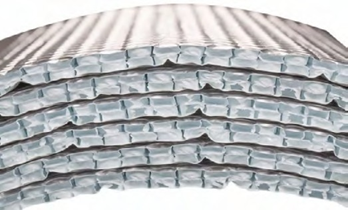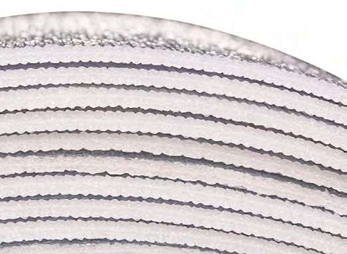Reflective Insulation.
Reflective insulators are usually presented in rolls and are characterized by being flexible, light and thin, which makes them easy to transport and store.
Despite their low thickness, reflective thermal insulators have a very low conductivity coefficient and high thermal resistance. By breaking thermal bridges, they prevent heat transfer from the inside to the outside of the building in winter, and from the outside to the inside in summer, resulting in significant energy savings in heating and air conditioning.
In addition, they are highly resistant to humidity and water, which prevents problems such as the growth of fungi and bacteria.
Finally, reflective insulation also has acoustic insulation properties against airborne and impact noise.
(Click here to learn more about our Reflective Insulators)
REFLECTIVE BUBBLE INSULATION
Consists of a layer of polyethylene bubbles or foam sandwiched between two layers of aluminum foil.


